Daewangam Park Suspension Bridge (대왕암공원 출렁다리)
11.8Km 2023-06-10
95 , Deungdae-ro, Dong-gu, Ulsan
Daewangam Park Suspension Bridge is the first suspension bridge in Ulsan and the first large-scale commercial tourism facility in Dong-gu. It was created with a length of 303 meters, connecting Hatgaebi and Surubang coastal trails in Daewangam Park. The bridge connects at once without intermediate supports, and currently, the span length is the longest among the suspension bridges in the country. Because it is a bridge over the sea, visitors can enjoy the exciting coastal scenery around Daewangam.
Onggigol Ceramics (옹기골도예)
11.9Km 2025-03-28
18 Oegosan-gil, Ulju-gun, Ulsan
* Please be advised that this is located in one of the areas affected by the recent wildfire (as of March 27, 2025).
** For real-time wildfire information and emergency upates, visit the Korea Forestfire Information website and the National Disaster and Safety Portal.
Onggi Ceramics is the workshop of Heo Jin-gyu, a master onggi craftsman, and is located in Onggi Village in Ulsan, home to the largest production of onggi in the nation. Visitors can browse the items as well as purchase anything that piques their interest. The workshop also offers a range of exerience programs related to onggi, although advanced reservations are required to participate.
Oegosan Onggi Village (외고산옹기마을)
11.9Km 2025-03-28
36, Oegosan 3-gil, Ulju-gun, Ulsan
+82-52-237-7894
* Please be advised that this is located in one of the areas affected by the recent wildfire (as of March 27, 2025).
** For real-time wildfire information and emergency upates, visit the Korea Forestfire Information website and the National Disaster and Safety Portal.
Oegosan Onggi Village was established when earthenware master Heo Deok-man settled in the area in 1975. The village today showcases a massive collection of various earthenware products, which creates a unique sight. Over 50% of the country's earthenware products are crafted at this village. The village also features several attractions for visitors to enjoy, such as the Ulsan Onggi Museum, which houses the largest earthenware pottery recognized by the Guinness Book of World Records; and the annual Ulsan Onggi Festival, with many diverse activity programs.
Seuldo Island (슬도)
12.2Km 2023-01-03
Bangeo-dong, Dong-gu, Ulsan
+82-52-277-0101
Seuldo Island is located off the coast of Ulsan City in the southeastern part of the Korean Peninsula.
Its name, Seuldo ("seul" meaning the Korean stringed instrument geomungo), was given as the sound of wind and waves hitting the rock island is said to mimic the sound of geomungo. In fact, the sound of waves hitting the island is so good that it is called seuldomyeongpa or the resounding of waves.
The island is also known as Siruseom ("siru" meaning an earthenare steamer) for its resemblance to the upside down siru, and Gomboseom ("gombo" meaning pockmarks) for its stones with holes in them.
On the island, there is an unmanned lighthouse dating back to the late 1950s. The main economic activity on the island is fishery.
60Hz (60헤르츠)
12.8Km 2023-12-22
612 Donghaean-ro, Dong-gu, Ulsan
60 Hz, the most comfortable and safe frequency level for humans, is a bakery cafe located in Donghaean-ro, Dong-gu, Ulsan. 60Hz takes up the entire building and has antique-style furniture. It also has a floor-to-ceiling windows, so visitors can get a glimpse of the sea from anywhere they sit. In addition, both the first and second floors are divided into indoor and outdoor areas, with an outdoor terrace on the first floor and a rooftop on the second floor, offering a nice view.
* Pets are not allowed
Jujeon Mongdol Beach (주전몽돌해변)
12.9Km 2023-01-03
Jujeon-dong, Dong-gu, Ulsan
+82-52-229-6174
Jujeon Mongdol Beach is one of 12 must visit attractions of Ulsan. Jujeon meaning red ground, for the ground has a red hue. The 1.5 kilometer-long beach is filled with black pebbles and has various oddly formed rocks.
Vanastha (Healing in Ulju) (와나스타(울주에서 치유하다))
13.2Km 2025-03-28
207 Daeam 1-gil, Eonyang-eup, Ulju-gun, Ulsan
* Please be advised that this is located in one of the areas affected by the recent wildfire (as of March 27, 2025).
** For real-time wildfire information and emergency upates, visit the Korea Forestfire Information website and the National Disaster and Safety Portal.
Vanastha, located in the forest inside Daeam Dam in Ulju-gun, is a forest yoga house that means "stay in the forest." For modern people who lack time to look back on their bodies in their tired daily lives, it provides time to fully focus on themselves with proper breathing, meditation, and Hatha yoga. Here, one can hear the sounds of nature, feel nature, and experience of becoming one with nature and the universe, only in nature. It offers a one-day class and a yoga meditation program on Saturday mornings. Private session option is available for a group of four or more people with a reservation in advance.
Petroglyphs of Bangudae Terrace (울주 대곡리 반구대 암각화)
14.3Km 2025-03-28
285, Bangudaean-gil, Ulju-gun, Ulsan
+82-52-204-0322
* Please be advised that this is located in one of the areas affected by the recent wildfire (as of March 27, 2025).
** For real-time wildfire information and emergency upates, visit the Korea Forestfire Information website and the National Disaster and Safety Portal.
In Daegok-ri, Eonyang-eup sits Bangudae Terrace, a picturesque spot where a ridge of Yeongosan Mountain extends to and stands tall to form quite a spectacle featuring uniquely shaped rocks and cliffs. The name, Bangudae, comes from how it resembles a turtle lying prone on the ground. Petroglyphs are paintings drawn by people from the prehistoric times carved on rocks and depicting various scenes and events in their daily lives. Petroglyphs were often drawn on enormous rocks and other sacred locations of groups, and it is believed that people gathered around them to hold various rituals.
Petroglyphs of Bangudae Terrace in Daegok-ri, Ulju-gun are estimated to have been drawn over several periods since the New Stone Age so you can discover the differences in styles among various ages. Primary objects that were popularly carved include sea animals, land animals, humans and tools and, as our prehistoric ancestors actively engaged in hunting, the hope of abundance in game is believed to be the reason why these objects were frequently carved on rocks. Vividly expressing animals and hunting scenes and colorfully depicting outstanding traits of objects, these petroglyphs are a form of both hunting art and religious art, and they are considered as the greatest masterpieces from which we can take a peek at the life and customs of the prehistoric ages.
Gang-dong Sea Water Spa (강동해수온천)
14.8Km 2024-02-20
1418 Donghaean-ro, Buk-gu, Ulsan
Gang-dong Sea Water Spa is a hotspring that utilizes seawater from the sea in front of Jeongja, boiling it at temperatures exceeding 100°C, resulting in high salinity and excellent sterilizing effects. The facility offers a range of baths, including Iodine Bath, Cold Seawater Bath, Hot Seawater Bath, and Trench Hot Bath. Renowned for the exceptional quality of its seawater, the hotspring attracts numerous visitors seeking its therapeutic benefits. The breathtaking view of the sea from the baths adds to the overall experience.
Petroglyphs of Cheonjeon-ri, Ulju (울주 천전리 각석)
15.0Km 2020-02-05
Cheonjeon-ri, Dudong-myeon, Ulju-gun, Ulsan
+82-52-277-0101
Petroglyphs refer to the paintings in which objects and symbols are carved, pecked, and colored on rocks, huge cliffs and cave walls.
Some of these rocky paintings are from as early as the late Paleolithic Era, but mostly they are seen from the New Stone Age, Neolithic Era and Bronze Age in which times these paintings were abundant.
The upper part of the rock shows various animals including deer pecked into the rock, and the lower part of the rock has writing and drawings of humans, and animals made by penciling.
As for the upper part, it is thought to have been made throughout the New Stone Age and Bronze Age to express their consciousness for abundance. In comparision, the painting of a cavalcade, a sailing boat, a dragon, a horse, and a deer and about 300 writings on the lower part of the rock were considered to be done by people during unified Silla, showing their belief of the area as a holy ground.

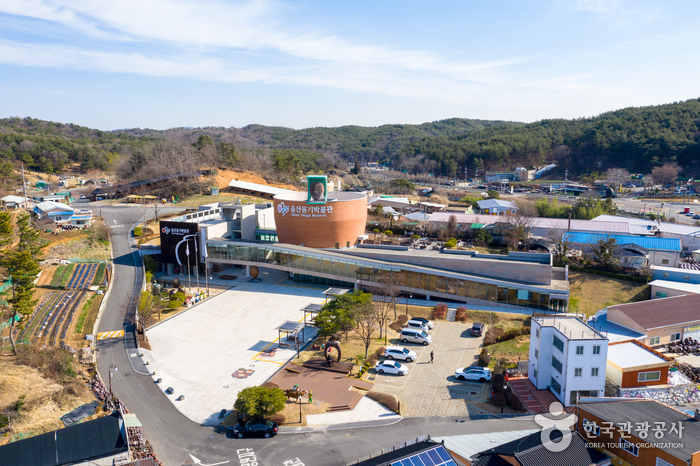
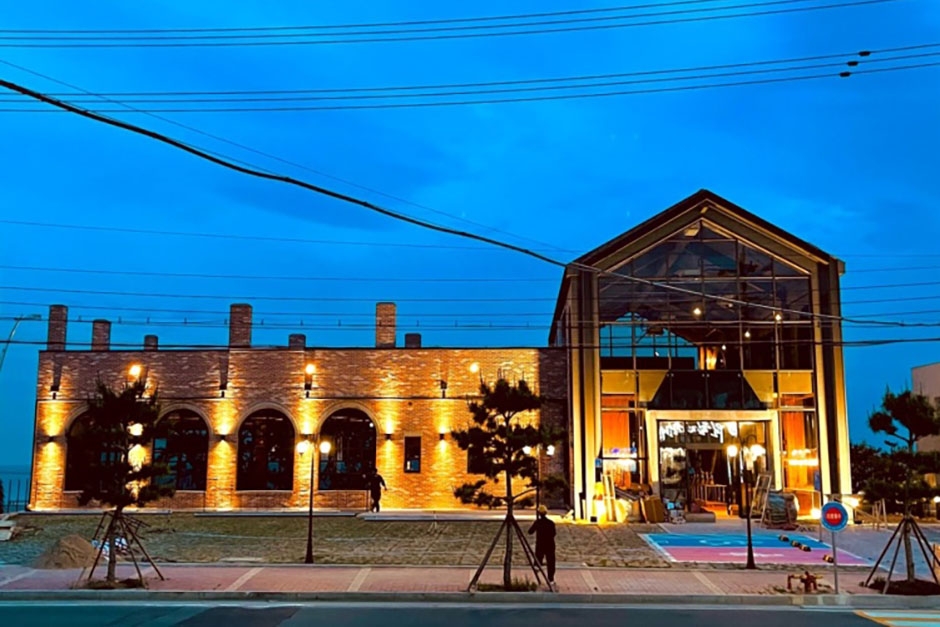
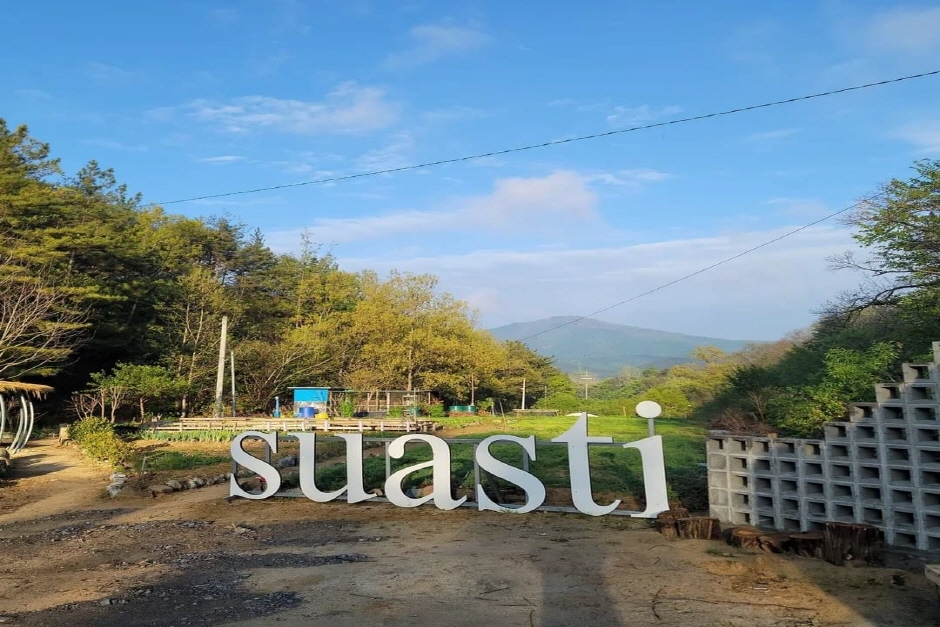
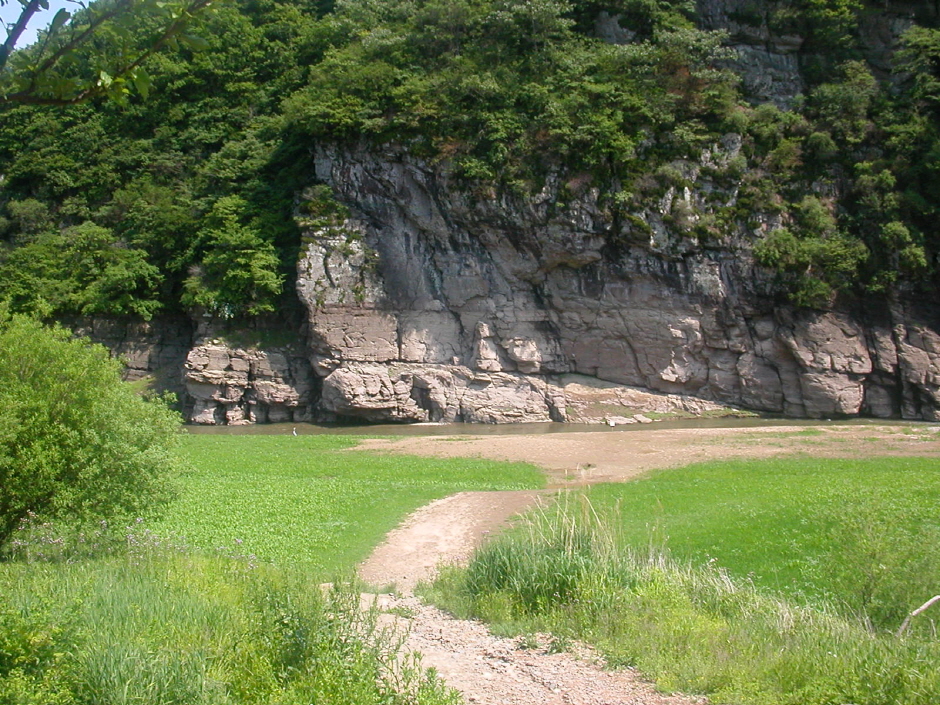
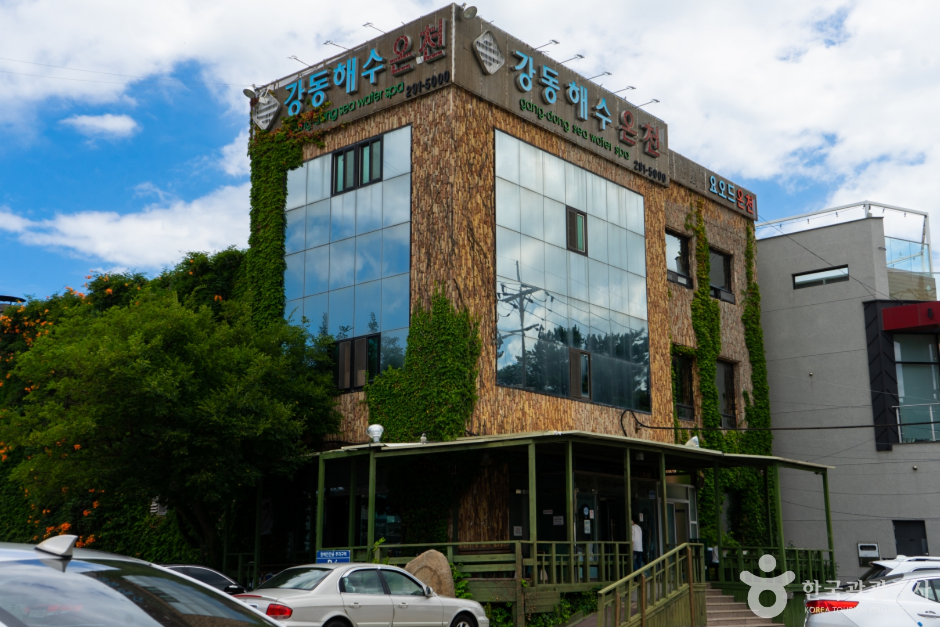
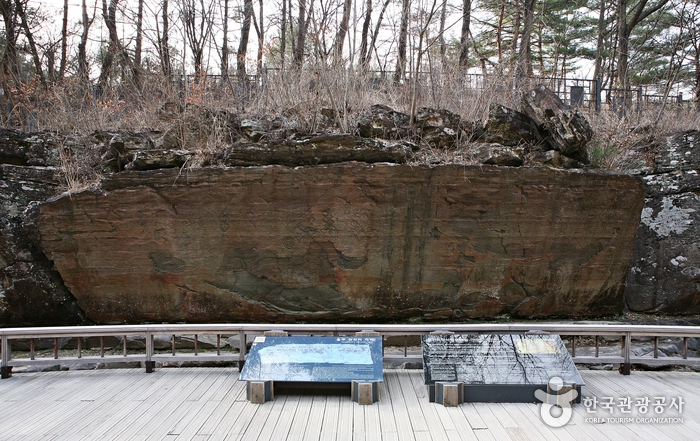
 English
English
 한국어
한국어 日本語
日本語 中文(简体)
中文(简体) Deutsch
Deutsch Français
Français Español
Español Русский
Русский